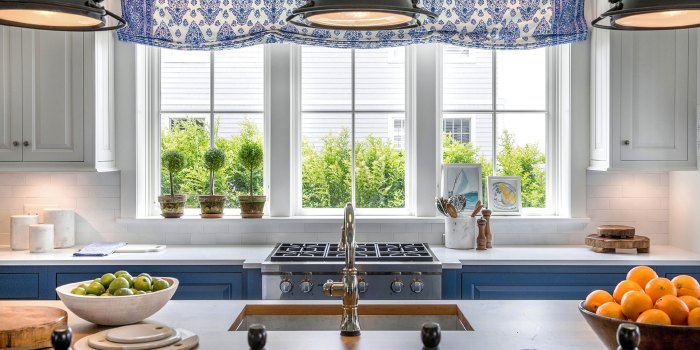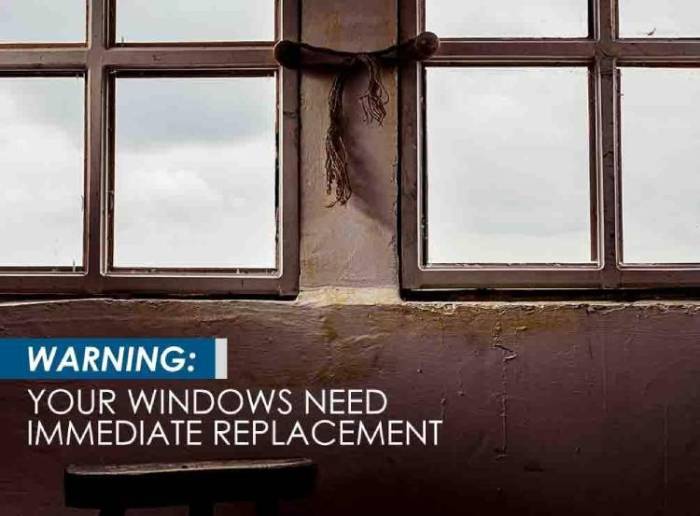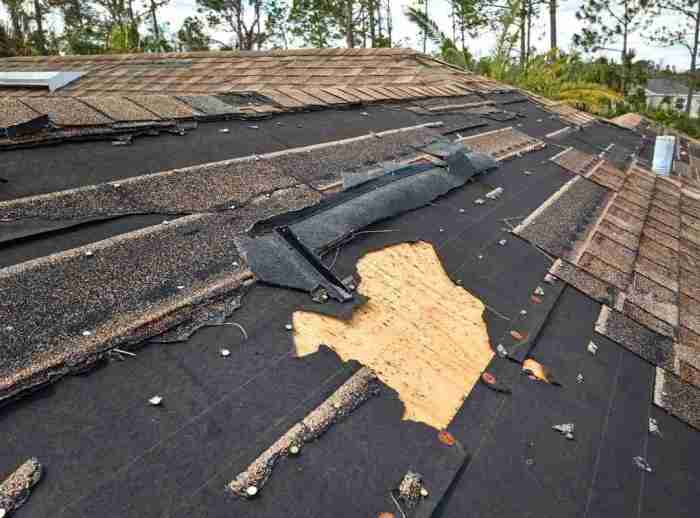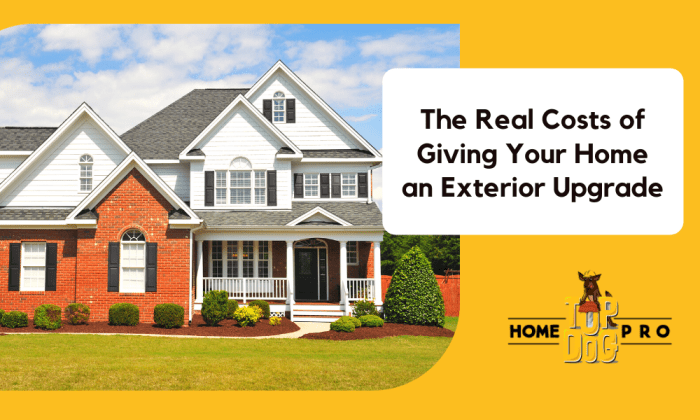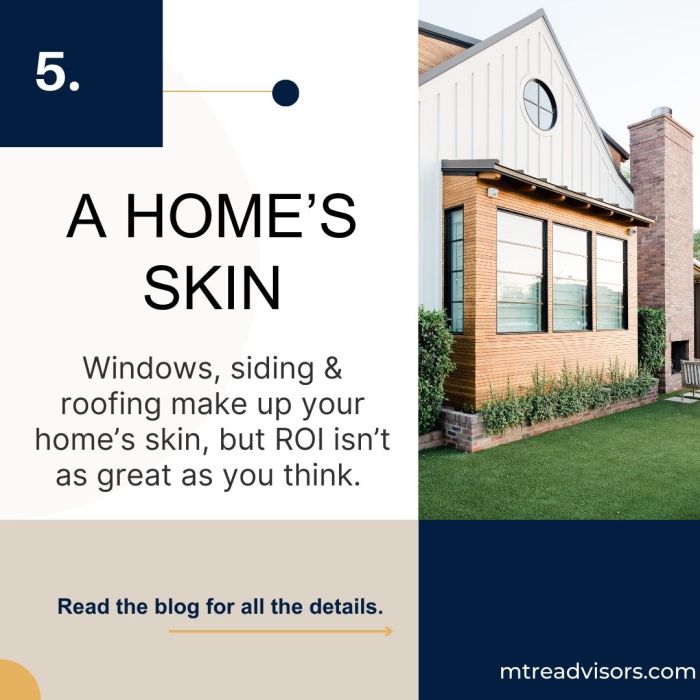Best Materials for Long-Lasting Home Exteriors in 2025: A Comprehensive Guide
As we delve into the realm of Best Materials for Long-Lasting Home Exteriors in 2025, we uncover a wealth of information on durable options that promise longevity and sustainability. From traditional choices to innovative solutions, this exploration aims to provide a holistic view of the materials shaping the future of home exteriors.
In the following section, we will dissect the key factors influencing the selection of materials, shedding light on maintenance requirements, weather resistance, energy efficiency, and aesthetic appeal.
Best Materials for Long-Lasting Home Exteriors in 2025
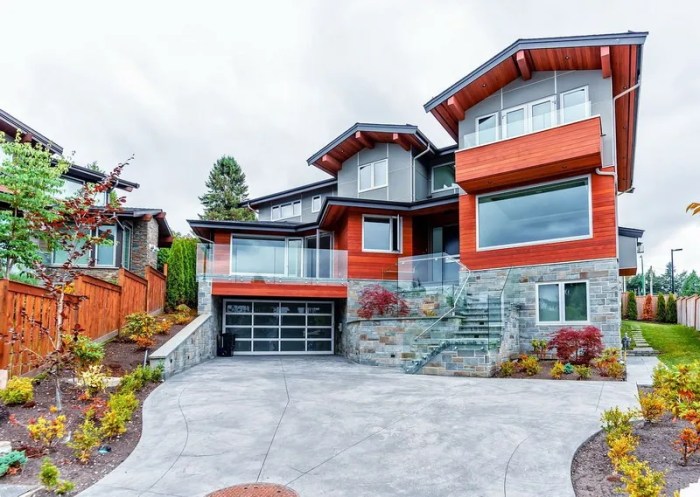
When it comes to choosing materials for your home's exterior, durability is a key factor to consider. In 2025, there are various options available that offer long-lasting benefits for your home. Let's explore some of the best materials that are known for their longevity and sustainability.
Top Durable Materials for Home Exteriors
When it comes to longevity, some of the top materials for home exteriors include:
- Fiber Cement: Known for its durability and resistance to rot, fire, and pests.
- Brick: A classic choice that can last for decades with minimal maintenance.
- Metal: Offers excellent protection against the elements and is highly durable.
Comparison of Traditional and Innovative Materials
While traditional materials like wood and vinyl have been popular choices, newer innovative options such as fiber cement and metal are gaining popularity due to their enhanced durability and sustainability.
Sustainability Aspects of Various Materials
When it comes to eco-friendly choices, materials like fiber cement and brick are known for their sustainability. These materials are often sourced responsibly and can be recycled, making them environmentally friendly options for home exteriors.
Maintenance Requirements for Longevity
Proper maintenance is essential for ensuring the longevity of your home's exterior. While materials like fiber cement and metal require minimal upkeep, wood may need more frequent maintenance to prevent rot and decay. Understanding the maintenance requirements of different materials can help you keep your home looking great for years to come.
Weather-Resistant Materials
When it comes to protecting your home from extreme weather conditions like hurricanes, heavy rainfall, or snow, choosing the right materials for your exterior is crucial. Weather-resistant materials are designed to withstand the harsh elements and ensure the longevity of your home.
Materials for Increased Weather Resistance
- Fiber Cement Siding: This durable material is resistant to rot, fire, and pests, making it ideal for withstanding various weather conditions.
- Metal Roofing: Metal roofs are known for their strength and durability, providing protection against high winds, heavy rain, and snow.
- Vinyl Windows: Vinyl windows are weather-resistant and low-maintenance, offering excellent insulation and protection from the elements.
Importance of Selecting Weather-Resistant Materials
Choosing weather-resistant materials for your home's exterior not only ensures long-lasting protection but also helps in minimizing maintenance costs in the long run. These materials can prevent water damage, mold growth, and other issues that can arise from exposure to extreme weather conditions.
Energy-Efficient Materials
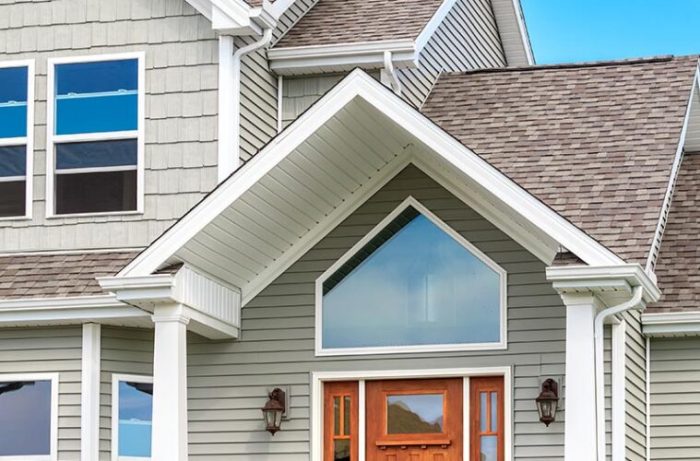
When it comes to creating a sustainable and energy-efficient home, the choice of materials plays a crucial role. Energy-efficient materials not only help in reducing heating and cooling costs but also contribute to the overall sustainability of a home. Let's explore some of the key materials that offer both durability and energy efficiency.
Insulation Materials
Insulation materials are essential for maintaining a comfortable indoor temperature while reducing the need for excessive heating or cooling. By minimizing heat transfer through walls, floors, and roofs, insulation materials help in saving energy and lowering utility bills.
- Fiberglass insulation: Known for its thermal performance and cost-effectiveness, fiberglass insulation is a popular choice for many homeowners.
- Spray foam insulation: This expanding foam provides an air-tight seal, preventing energy loss and improving overall energy efficiency.
Windows and Doors
Energy-efficient windows and doors are crucial for minimizing heat gain in the summer and heat loss in the winter. By using advanced glazing technologies and high-quality frames, these materials help in maintaining a consistent indoor temperature.
- Low-E windows: Low-emissivity coatings on windows reduce heat transfer, keeping the interior comfortable year-round.
- Insulated doors: Doors with proper insulation help in preventing drafts and maintaining energy efficiency.
Roofing Materials
The choice of roofing materials can significantly impact the energy efficiency of a home. Reflective roofing materials, such as metal roofs or cool roofs, help in reducing heat absorption and lowering cooling costs during hot weather.
- Metal roofing: Reflective metal roofs reflect sunlight, reducing heat gain and improving energy efficiency.
- Cool roofs: These roofs are designed to reflect more sunlight and absorb less heat, keeping the home cooler and reducing the need for air conditioning.
Aesthetically Pleasing Materials
When it comes to choosing materials for your home exterior, it's essential to not only focus on durability but also on aesthetics. The exterior of your home is the first thing people see, so it's important to make a good impression with visually appealing materials that can stand the test of time.Balancing durability with aesthetics in home exterior design is crucial for creating a welcoming and attractive look.
By choosing materials that are both long-lasting and visually pleasing, you can enhance the curb appeal of your home while ensuring it remains in top condition for years to come.
Modern Materials with Design Options
- Fiber Cement Siding: This versatile material comes in a variety of colors and textures, offering endless design possibilities. It is resistant to rot, pests, and fire, making it a durable choice for home exteriors.
- Composite Decking: Perfect for outdoor spaces, composite decking mimics the look of real wood but requires minimal maintenance. It is available in different colors and finishes to suit any design aesthetic.
- Steel Entry Doors: Not only are steel doors extremely durable and secure, but they also come in a wide range of styles and finishes to complement the overall look of your home.
Choosing Complementary Materials
- Consider the architectural style of your home when selecting materials. For example, traditional homes may look best with brick or stone accents, while modern homes can benefit from sleek metal finishes.
- Look for materials that complement the existing colors and textures of your home. Harmonizing the new materials with the old ones will create a cohesive and visually appealing exterior design.
- Experiment with different combinations of materials to add visual interest and create a unique look that reflects your personal style.
Final Wrap-Up
In conclusion, the journey through the realm of Best Materials for Long-Lasting Home Exteriors in 2025 has been enlightening. By understanding the interplay between durability, sustainability, and visual allure, homeowners can make informed decisions that ensure their exteriors stand the test of time with grace and resilience.
FAQ Section
Are newer materials more sustainable than traditional options?
Newer materials often incorporate eco-friendly elements and innovative technologies, making them more sustainable choices for long-lasting home exteriors in 2025.
How do weather-resistant materials protect homes?
Weather-resistant materials create a barrier against harsh elements like hurricanes and heavy rainfall, preventing damage and ensuring the longevity of home exteriors.
Can energy-efficient materials really reduce heating and cooling costs?
Yes, energy-efficient materials help regulate indoor temperatures effectively, leading to lower energy consumption and reduced heating and cooling expenses.
What factors should I consider when selecting materials based on aesthetics?
Consider the design options, color schemes, and textures offered by materials to choose ones that harmonize with the style and visual appeal of your home for a cohesive look.
